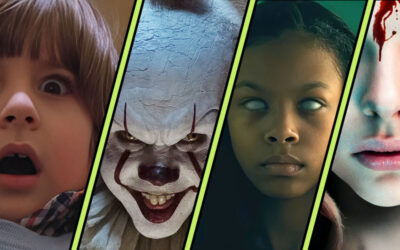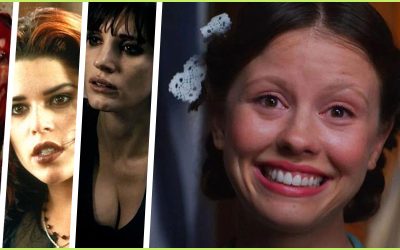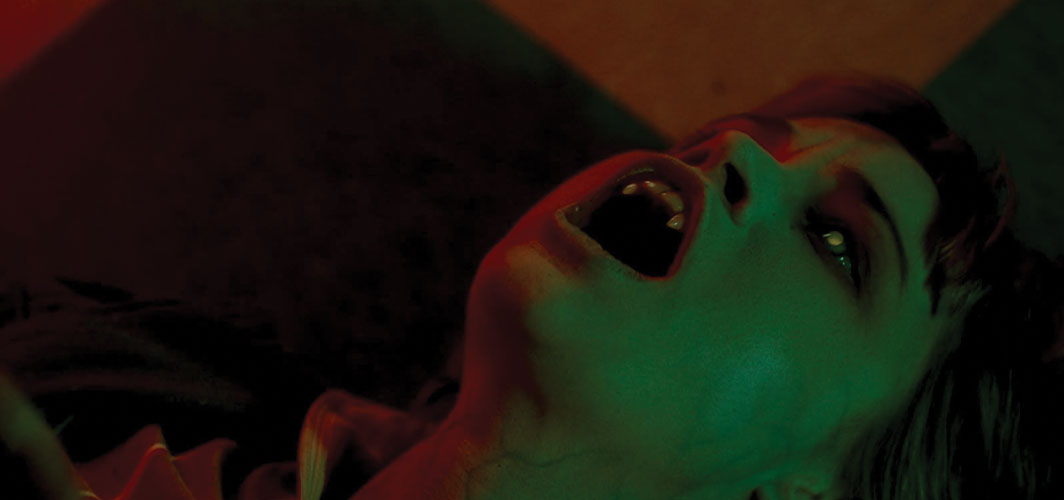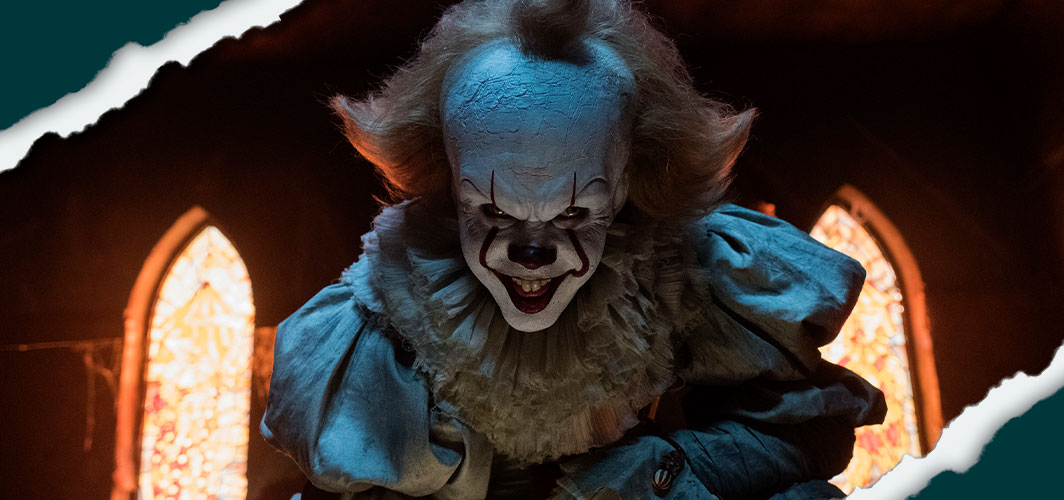The Most Beautiful Shots in Horror History
There are many moments that struck a chord with audiences, thanks to their compelling story and tense atmosphere, but a huge part of the scenes set up falls on the films cinematographer, who captures the moment in the best lens, angle and light possible.
We have picked what we believe to be some of the most iconic and beautiful single shots captured from horror films. Shots that capture the artistic side of cinema and yet express the true terror of the genre. Here are The Most Beautiful Shots in Horror History.
[ngg src=”galleries” ids=”19″ display=”pro_blog_gallery” display_captions=”1″ captions_enabled=”0″ captions_display_sharing=”1″ captions_display_title=”1″ captions_display_description=”1″ captions_animation=”slideup”]
Other Articles
The Shine: Discover How it Connects Stephen King’s Astonishing Universe
Explore Stephen KIng’s Extended Universe Power
Comfort Comes with a Body Count
Real terror comes with a name TAG. Dr. Todd Brown brings small time suburbia into the horror highlight!
Unpacking the Foreshadowing and Symbolism in Labyrinth
Looking at the many objects that built the fantasy world of Labyrinth
Other Posts Like This
21st Century Scream Queens
A look at the next generation of scream queens destined to go down in horror history.
The 10 Most Infamous Houses in Horror
Step Inside the Nightmare! Here’s a terrifying list of houses from horror films sure to creep you out
Top 20 Horror Goth Characters in Film
Looking at the subculture and influences on film and beyond with our top twenty gothic characters
“Hello Horror Fans – I love looking at the more artistic side of films. These shots truly are stunning. We probably missed a huge chunk of other shots that deservers to be on this list, so why not tell us what we missed in the comments below. We may just do a part 2?
Keep Rotten”
“Morti” The Mortician















